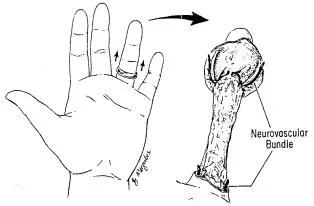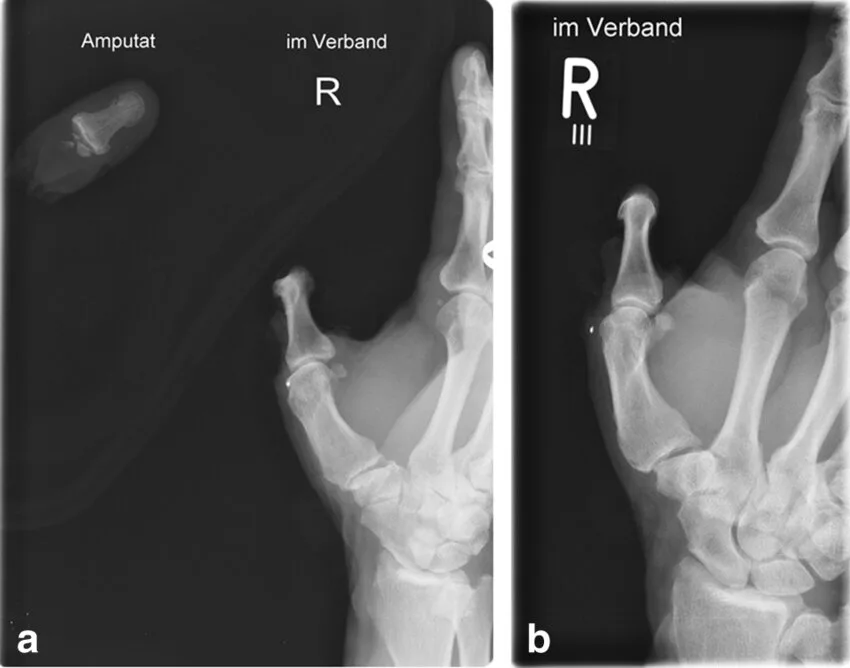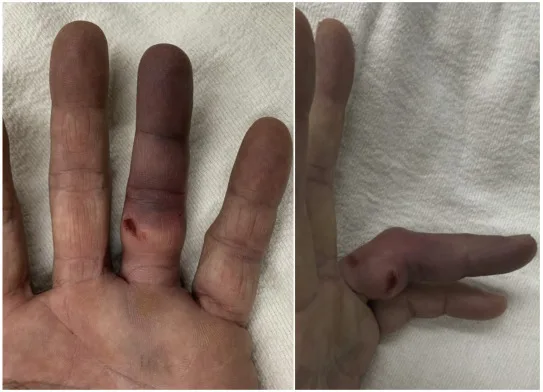When a Symbol of Love Becomes a Life-Changing Hazard
It’s one of those stories that makes your stomach drop. A seemingly innocent moment—tripping at home, catching a hand on machinery, or jumping off a truck—turns catastrophic because of a wedding ring. What starts as a “freak accident” ends in the ER with surgeons racing to save a finger… or a hand.
This is ring avulsion injury (often called degloving when severe), and it’s every trauma surgeon’s nightmare. The ring catches on something immovable, and the body’s forward momentum yanks the soft tissues—skin, tendons, nerves, blood vessels—right off the bone like a glove being pulled inside out.

Even if the finger stays attached, the damage can be devastating. Blood flow gets cut off instantly, swelling turns the ring into a tourniquet, and without immediate intervention, tissue dies.
Real Cases That Hit Close to Home
You might remember Jimmy Fallon in 2015: He tripped in his kitchen, his wedding ring snagged on a countertop as he fell, and he nearly lost the finger entirely. It took six hours of microsurgery—and a vein graft from his foot—to save it. He called it “ring avulsion” on national TV, and suddenly everyone was googling it.
But it’s not just celebrities. Construction workers, mechanics, factory employees, and even weekend warriors see these injuries far more often than you’d think. In occupational settings, a ring catching on a bolt, fence, or moving part can happen in a blink.
Warning: The next images show real medical examples (post-injury fingers and X-rays). They’re graphic but illustrate why this is so serious.


Why Metal Rings Are Banned in So Many Workplaces
OSHA doesn’t have a blanket “no jewelry” law, but their guidelines strongly recommend prohibiting conductive or catchable items—like metal rings—around machinery, electricity, or any moving parts. Countless factories, construction sites, and industrial jobs outright ban them for good reason: one snag can lead to degloving, amputation, or worse.
The Simple, Smart Alternative: Silicone Wedding Bands
Thankfully, there’s a fix that doesn’t mean going ringless. Silicone wedding bands look and feel like real rings but are designed to break away under extreme force—preventing the avulsion entirely. Biomechanical studies (using cadavers, unfortunately) show silicone rings fail at far lower forces than metal ones, giving your finger a fighting chance.
Popular brands in 2025 include Groove Life, QALO, Enso Rings, ThunderFit, and ROQ—they come in every style from classic black to camo, metallic finishes, or even engraved designs.
![]()
![]()
![]()
Many people wear the “real” metal ring for date nights or special occasions and switch to silicone for work, gym, or adventure. It’s still a symbol—just a safer one.
Final Thought: Is “Till Death Do Us Part” Worth a Finger?
A wedding ring represents commitment, not invincibility. No piece of jewelry is worth permanent disability or amputation. If your job (or hobby) involves tools, heights, weights, or anything that could snag, consider making the switch.
Your marriage will thank you. And so will all ten of your fingers.
What about you—do you take your ring off for work, or have you gone the silicone route? Drop your thoughts below. Stay safe out there. 💍🛡️





